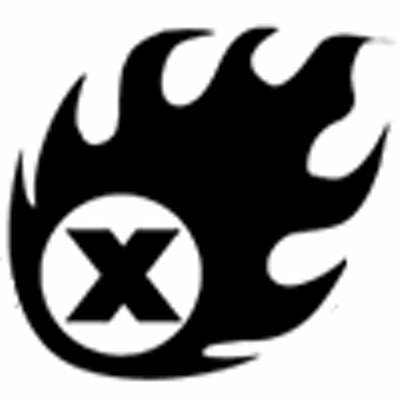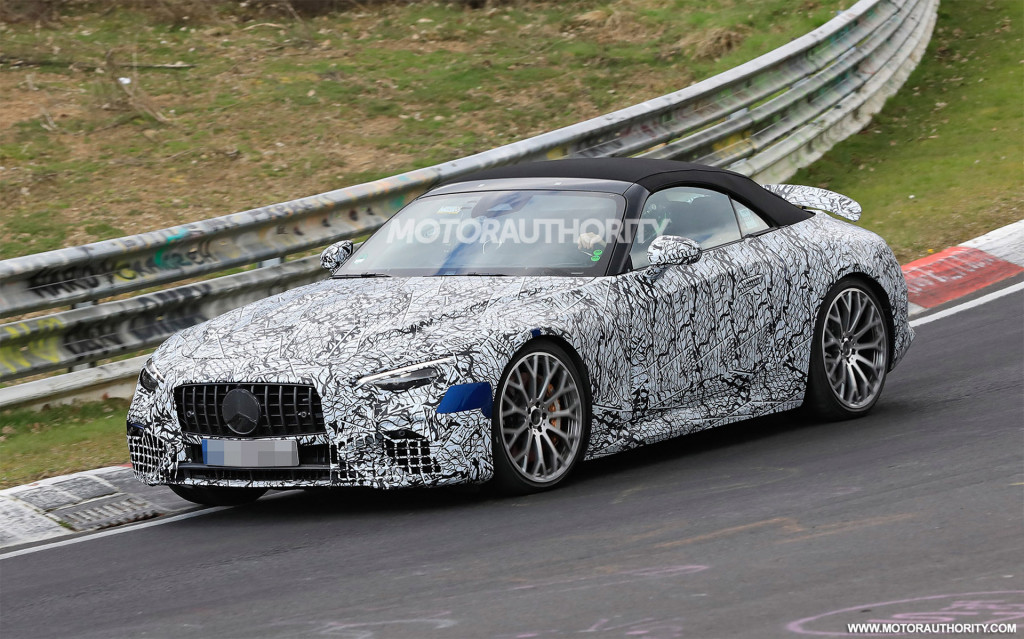Before lockdown, Rory McEwing’s bagged Impreza STI was resplendent in an infernal shade of copper. But he’s been a busy boy, and the latest round of upgrades sees it bringing the fire with white-hot aggression…
Fast Car magazine. Words: Dan Bevis. Photos: LomotiveUK Media
Evolution. That’s a loaded term, isn’t it? In the automotive world, it’s a word most likely to be found gummed to the backside of a Mitsubishi Lancer of some homologation-flavoured description, and that creates a tension here: the Mitsi Evo was the natural nemesis of the Subaru Impreza, it was true on the rally stages and remains so today… although Mitsubishi doesn’t have a monopoly on the term, and it’s the very concept of evolution which has been determining the progress of the gleaming white bagged Impreza STI hawkeye you see before you.
Yes, the eagle-eyed who have recognised the registration number and started mulling over a few suspicions are indeed correct: this bagged Impreza STI has been featured in Fast Car before – in the July 2019 issue to be exact (you can read it here), although it looked rather different to how it does today. For one thing, it was a spangly shade of copper.

You see, what it comes down to is this: the basic premise of evolution is that successive generations of whatever creature you care to name adapt and develop characteristics with each newly-spawned propagation, constantly changing to suit environmental conditions and survival needs. Life on earth just can’t sit still. From the myriad spiralling specks of matter that burst forth from the Big Bang to the living-fossil stromatolites of Western Australia, the entire history of the Earth is characterised by a necessity to change and adapt. This macro concept neatly segues into the micro-evolution of this Impreza and, moreover, the approach of its owner, Rory McEwing.
So let’s rewind to the start. This whole stars-of-Pleiades adventure began back in 2015, when Rory first bought the Impreza. His prior modding history had been grounded in familiar territory – subtle mods with a focus on quality – starting with his first car, a fully smoothed and slammed Corsa SRi, followed by a tastefully-done 207 GTI. An Impreza had always been in the crosshairs, and when he saw this one advertised on Pistonheads it was clearly the time to make the dream come true; Rory hared down from Glasgow to Cheshire and signed on the line right away.

“What really caught my eye was that it was a white WRX STI Type UK,” he recalls. “Only a couple of dozen Type UK hawkeyes were sold in white – so while I’d originally been imagining the classic blue-and-gold Subaru Impreza combo, this was something more special.”
For the uninitiated, the lowdown on the Type UK is this: while there are many, many special editions and spec variants of the Impreza, the bare bones of it are that the WRX is the spicy one, and the WRX STI is the really fiery one. What makes a WRX STI Type UK unique is that, obviously, you could only officially get them in the UK; along with its impressive 296bhp and 300lb.ft, buyers also got SI-Drive and a DCCD centre diff, as well as Smartnav, a tracker, and a Type UK badge on the boot. And the fact that it was white meant that this one was a rare beast… which is why Rory’s last evolution of the project really irritated the purists, when he covered up that obscure paint shade with a copper wrap.
Not that Rory’s afraid of annoying the fanboys. The fact that the bagged Impreza STI is running a full Air Lift Performance suspension with V2 digital management is enough of a middle-finger to tradition. He’s built this car because he wants it this way, and that’s just the way it should be.

“I didn’t actually plan on fitting air-ride,” he admits. “In fact, in all honesty I didn’t plan on modifying the car at all! I enjoy doing subtle modifications, but never did I dream it would turn into what it is now. I never even imagined bagging a car until my pal Chris Coles told me to jump in his Golf and have a play – I’ll never forget that day, I blame Chris for everything!”
Following the Air Lift upgrade, a set of Japan Racing rims found their way into the mix, before Rory set about perfecting the exterior with a raft of choice improvements. “The majority of the external modifications were done by my friend Harry and I,” he says. “I’d help where I could but I’m no mechanic! The car’s had a number of different looks over the years, from standard to having old WRD custom splits I had fully rebuilt, and a massive carbon spoiler, to a more subtle modified look with wide WORK wheels, then the copper wrap. It’s got imported custom headlights and I’d fitted a Voltex diffuser, both of which are mega rare in the UK, and I’ve really just focused on making tasteful mods to give a little extra appeal and help it stand out rather than going crazy with it.”

As befits the universal constant of evolution, Rory’s next move was to ease the game forward by, unexpectedly, taking a large step back again. That’s the whole purpose of natural selection, as you’ll no doubt remember from your high school science lessons: organisms try out new things to see if they work – if it’s successful, they stick with it; if not, it gets ditched. That’s not to say the copper wrap wasn’t a success, it looked bloody gorgeous – but Rory has ants in his pants when it comes to modifying. He just can’t sit still.
“The orange was nice, but the white… well, it’s beautiful isn’t it?” he beams, starry-eyed, and we can’t help but agree. “I’ve seen a few builds recently that are white with chrome wheels, and I thought it would be insane to have something like that – so I made it happen!”
This is a key benefit of wraps: peeling away that show-stopping copper finish revealed the pristine and perfectly preserved white paint beneath, a move that wholly changed the look in one fell swoop. Naturally there was more to this stage of evolution; you don’t win a feature slot simply by picking your wrap off. No, Rory had a vision for a new aesthetic profile, and set about achieving it by fitting a fresh Chargespeed-style bodykit. “A new bespoke rear diffuser was also fitted,” he says, “removing the old carbon fibre one and switching to a custom look. This required most of the rear bumper to be cut, which was pretty nerve-wracking! It was the toughest part of the process, as one wrong cut would have meant needing a whole new bumper, so I was pretty nervous about it.”

All worked out well though, didn’t it? And the icing on this ice-white cake is the aforementioned decision to move to chrome wheels. A fully-polished set of 18” SSR Professor SS1 rims were rebuilt using all the correct parts imported from Japan, right down to the valve caps – by no means the most cost-effective way of undertaking such an endeavour, but Rory was very keen to do everything properly here, no half-measures. Mike the Polisher is the big dog responsible for the finish, a household name in Scotland (well, at least in households who regularly converse about quality wheel choices). With much of the aesthetic changes carried out by Harry at Auto Tec, Kev at KMbodyworx perfecting the paint and Gee at Pristine Machine in Port Glasgow detailing it to a mirror shine, the cast of characters is hand-picked for maximum success. We simply had to get Ryan O’Donoghue down there with his lenses to document the latest evolution in Rory’s constantly developing build.
None of this success comes without effort, of course. “Chrome wheels? Don’t do it!” Rory laughs. “OK, if you like cleaning your car any and every time it moves then you could keep chrome wheels clean, but they take a lot of effort and time to maintain.” All part of the fun though, isn’t it? And hey, given the essential nature of evolution, we wouldn’t be surprised to see a new set of wheels on the car by the time the show season finally reopens its figurative doors. And perhaps a new bodykit, and a new paint shade, and… well, it’s natural selection, isn’t it? Don’t expect Rory’s Impreza to look this way for long. This is evolution in action.

Tech Spec: Bagged Impreza STI
Styling:
Original white paint, full Chargespeed-style kit inc. front splitter, sideskirts and rear spats, imported custom headlights, custom rear diffuser
Tuning:
2.5-litre boxer turbo, remapped to 325bhp, 6-speed manual
Chassis:
9×18-inch chrome SSR Professor SS1 wheels, 215/40 Nankang tyres, Air Lift Performance suspension with V2 digital management, Brembo 6-pot brakes
Interior:
Bride seats, Takata harnesses, rear bench replaced with Alcantara padding, roof and A/B/C pillars Alcantara-wrapped, blue STI carpet and doorcards swapped for black/grey items







